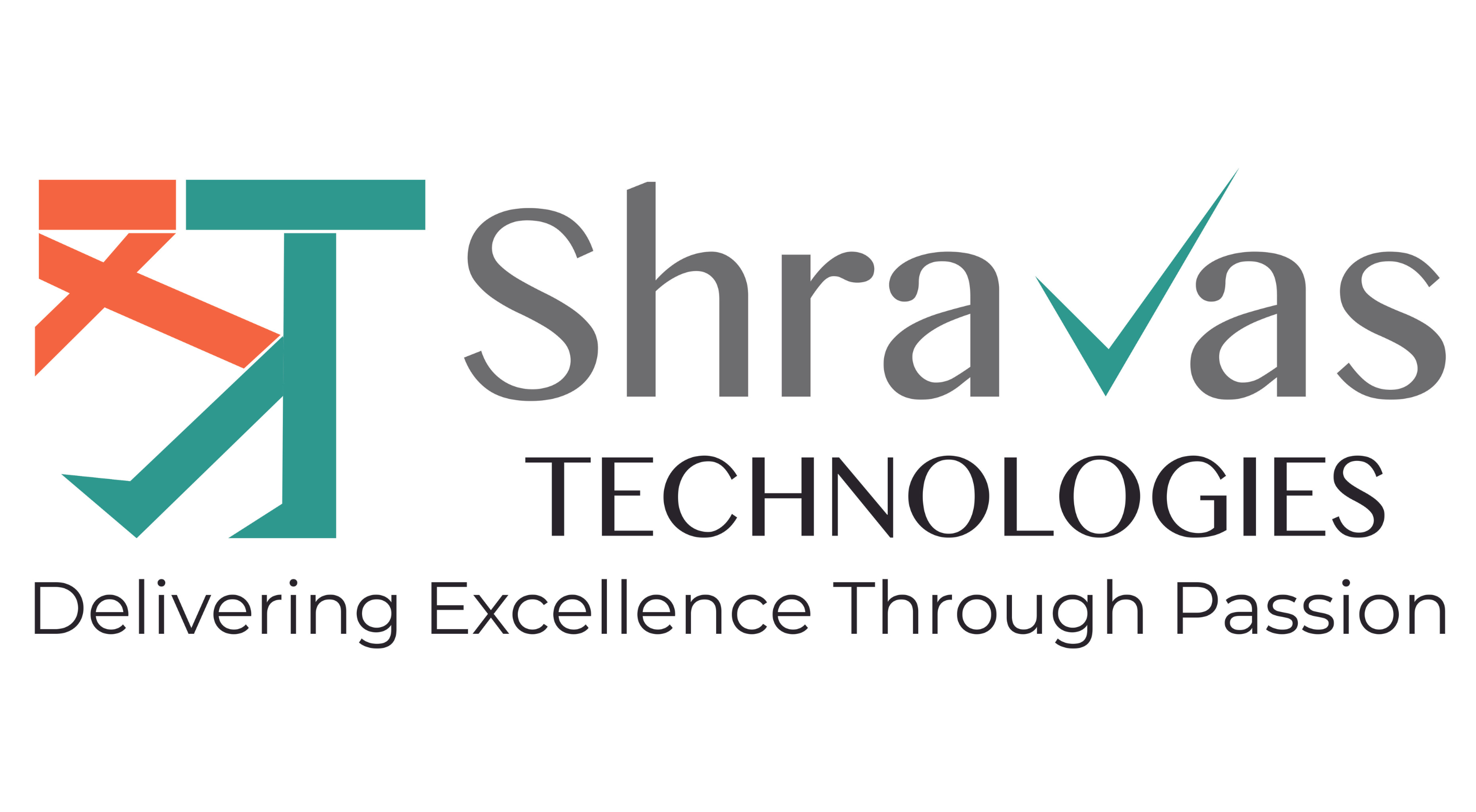The U.S. Securities and Exchange Commission (SEC)’s Consolidated Audit Trail (CAT) system is one of the most ambitious data collection systems in financial regulation. Designed to track every order, quote, and trade in U.S. equities and options markets, CAT was created in response to the 2010 “Flash Crash” to give regulators better visibility into market behavior.
But with great data comes great responsibility—and complexity. The recent audit findings from the U.S. Government Accountability Office (GAO) highlight critical weaknesses in the CAT system’s security and operational structure. For technology leaders, especially those managing large-scale data systems, the CAT system offers valuable lessons on compliance, scalability, risk mitigation, and quality assurance.
Let’s break down what went wrong—and what enterprises can learn from it.
1. What Is the CAT System, Really?
Imagine a unified database that collects and stores all U.S. stock and options trade data—from order initiation to execution. That’s CAT. Its purpose is to help regulators detect manipulation, insider trading, or systemic vulnerabilities in real-time or close to it.
This requires:
- High-speed ingestion of billions of daily events
- Precision-level audit trails
- Tight data integrity and access controls
In theory, CAT should serve as the regulatory equivalent of a black box for the capital markets. But execution is everything.
2. The Recent Audit Findings: A Reality Check
The GAO’s audit, released in early 2024, paints a sobering picture. Key takeaways include:
- Data Security Gaps: CAT still lacks full implementation of multi-factor authentication (MFA) for key user access.
- Incomplete Governance: There’s unclear ownership and oversight around who is ultimately accountable for CAT’s operation and security.
- Risk Management Deficiencies: Auditors found gaps in the risk framework—particularly around cyber incident response and mitigation.
For an initiative with such broad regulatory scope and massive data volume, these are serious issues. And for enterprises, they’re familiar ones.
3. Key Lessons for Enterprise Systems
At Shravas, we work with organizations that build, operate, and maintain mission-critical systems—many with compliance or audit exposure. The CAT system audit reinforces several principles we advise all clients to follow:
✅ Security Architecture Is Not Optional
Every digital product should have a “security-first” mindset baked into its architecture, not just as a compliance checkbox.
- MFA should be table stakes.
- End-to-end encryption and strict access control must be standard.
- Auditable logs and real-time alerts are not nice-to-haves—they’re required.
✅ Governance Gaps Create Blind Spots
Without clear operational ownership, teams fall into the trap of assuming “someone else” is handling risks or compliance.
- Assign clear roles and responsibilities for all components.
- Implement governance models that are proactive, not reactive.
- Ensure your DevOps or QA teams are looped into compliance readiness early.
✅ Technical Debt Has Real Cost
Delaying architecture decisions or security upgrades creates silent risks—just like those now visible in the CAT audit.
- Conduct regular technical risk assessments.
- Plan for agility and future scale, not just present needs.
- Build automated QA pipelines that continuously validate performance and compliance metrics.
4. Why Shravas Can Help You Avoid a CAT-astrophe
At Shravas, we specialize in helping enterprise teams build secure, resilient, and audit-ready software systems. Whether you’re running a capital markets platform, a healthcare data engine, or a global retail system, the risks of scaling without structure are the same.
Here’s how we support teams:
- Security by Design: Our engineers embed security frameworks into every level of your system—from infrastructure to code.
- Automated QA: We build test systems that simulate real-world load and detect data loss or integrity issues before they hit production.
- Governance & Compliance Consulting: We partner with your teams to establish strong cross-functional workflows that prevent ownership gaps and audit surprises.
5. Final Thought: You’re Always Building for Audit Day
The SEC’s CAT system is a perfect reminder that systems don’t fail when code breaks—they fail when accountability disappears.
When you build for audit, you build better. You make smarter decisions. You document what matters. You reduce risk, not just cost.
And that’s what we do at Shravas.
If your team is building or operating high-stakes systems and you want help that’s grounded, experienced, and execution-focused—get in touch with us.

